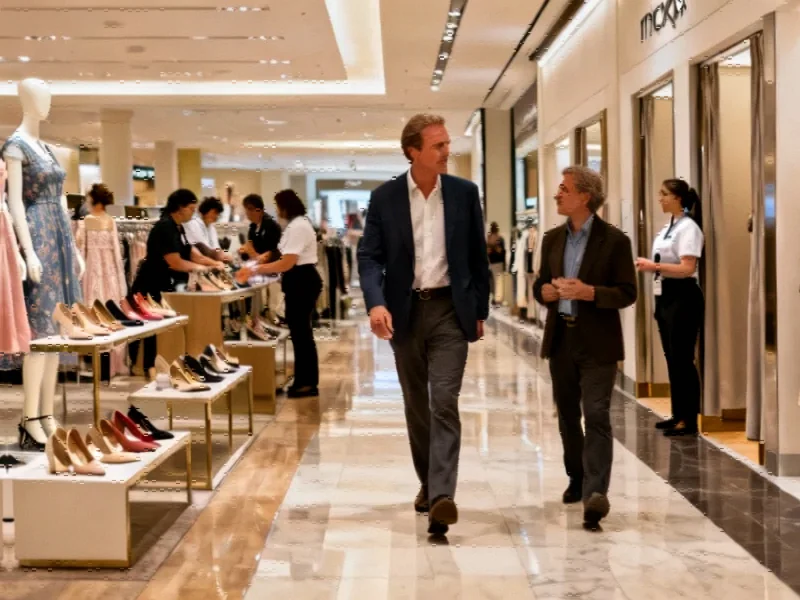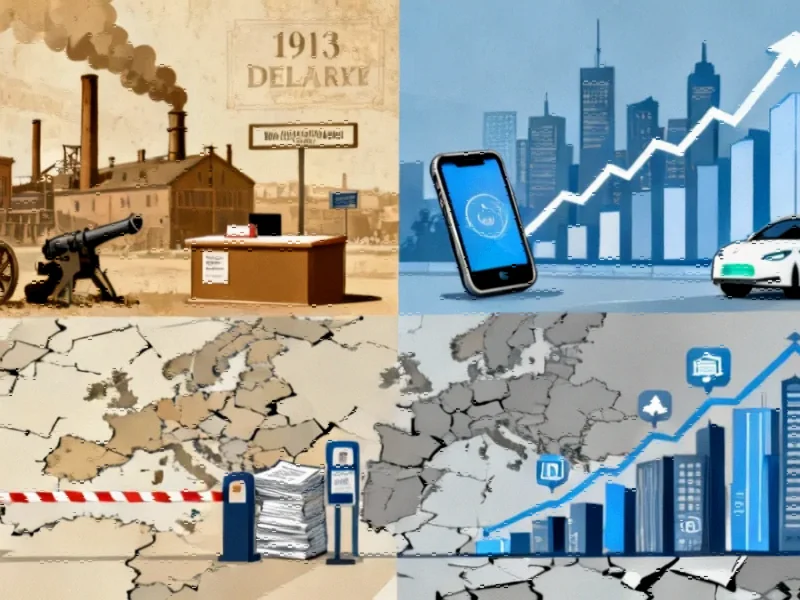From Retail Decline to Renewed Hope
When Tony Spring took the helm at Macy’s in early 2024, he inherited a retail institution that had been in steady decline for nearly a decade. The iconic department store chain, once a symbol of American shopping excellence, had seen sales plummet from $28.1 billion in 2014 to just over $22.3 billion by 2023. Hundreds of stores had closed, and major brands like Ralph Lauren, Coach, Nike, and Levi’s had pulled their products from Macy’s shelves. The situation demanded radical honesty and immediate action.
“We had to have a moment of reflection and say, ‘We’re not as good as we think we are,'” Spring told Fortune in a recent interview. “We can be proud of Macy’s history, but we can’t be proud of Macy’s current performance.” This willingness to confront uncomfortable truths marks a significant departure from the denial that had characterized Macy’s leadership for years.
The Back-to-Basics Revival Strategy
Spring’s turnaround plan is notably straightforward: return to retail fundamentals. Rather than chasing flashy technological gimmicks like the failed “smart mirrors” of 2015, Spring is focusing on what department stores do best—providing superior customer service and an enjoyable shopping experience.
At 125 “priority” stores, including the upscale Topanga Westfield location in Los Angeles, Spring is implementing changes that include doubling staffing in women’s shoe departments, tripling staff in dress sections, and ensuring live attendants in fitting rooms. The improvements extend to visual merchandising, with elegantly styled mannequins and cleaner, more organized selling floors.
As Macy’s revival strategy shows early promise, the company is taking a more surgical approach to its physical footprint. The plan calls for reducing from 449 locations to approximately 350 stores, with the priority stores receiving disproportionate investment in staffing, lighting, and overall presentation.
Cultural Reset and Workforce Transformation
Spring recognized that no operational changes would succeed without first addressing Macy’s internal culture. Years of declining revenue, store closures, and staff reductions had battered employee morale. The new CEO prioritized inspiring a workforce that had grown accustomed to bad news.
“The big impact we’re finally seeing comes from the fact that we’re all singing from the same hymnal,” said the 57-year-old executive. Spring, who began his career in hospitality management and started at Bloomingdale’s as a management trainee in 1987, is working to instill a service-oriented mindset throughout the organization.
He often shares an anecdote from his time as director of stores for Bloomingdale’s, when a customer complained that staff members would ask how she was doing but never wait for the answer. “It was a good reminder that we were so focused on training people to say the line, that we forgot to explain to people why,” Spring recalled. The ‘why’ is creating genuine connections that make shopping feel less transactional.
Overcoming Legacy Challenges
Macy’s troubles didn’t emerge overnight. The company became a “Frankenstein behemoth” after its $11 billion mega-merger in 2006, which absorbed several regional chains including Filene’s, Marshall Field’s, and Foley’s. The consolidation created significant challenges, including stores clustered too closely together and a swollen bureaucracy that stifled innovation.
“They didn’t ever manage to create one unifying culture from all these parts they mushed together,” noted Kathy Gersch, president of consulting firm Kotter International.
Meanwhile, the retail landscape was shifting dramatically. Amazon captured market share with low prices and fast delivery, while T.J. Maxx attracted bargain hunters and Ulta Beauty poached Macy’s core beauty customers. As industry developments in digital privacy and marketing continue to evolve, traditional retailers face additional challenges in connecting with customers.
Early Signs of Progress
After years of disappointing results, Macy’s is finally showing glimmers of a turnaround. The company recently reported its best comparable sales performance in 12 quarters, with sales rising 1.1% year-over-year. While modest, this improvement represents a significant victory amid ongoing economic anxiety and changing consumer behavior.
Spring has been actively working to bring new brands to Macy’s and win back those that had left. In a notable coup, Abercrombie & Fitch’s children’s business recently began selling its products at Macy’s. Other new additions include Reiss, Good American, and Theory.
The company’s approach to market trends reflects a broader understanding that success requires adapting to new realities while staying true to core strengths. As seen in unprecedented alliances between education and business, innovative partnerships are becoming increasingly important across sectors.
The Road Ahead
Despite early encouraging signs, Spring is quick to acknowledge that Macy’s still has much to prove. The company continues to face pressure from Wall Street to control costs, particularly after narrowly avoiding bankruptcy during the pandemic. Activist investors have launched four separate campaigns targeting Macy’s over the past decade, with Starboard Capital notably pushing to spin off the company’s valuable real estate assets.
The challenges of open source governance, as highlighted in the Ruby community governance crisis, demonstrate how established institutions across industries must adapt to remain relevant. Similarly, Macy’s must balance tradition with innovation as it seeks to reclaim its place in American retail.
Technical innovations in other sectors, such as the new Linux GPU management tool, show how established systems can be modernized without losing their core functionality. Macy’s faces a similar challenge—updating its operations while preserving what customers have always loved about the brand.
As educational initiatives like the new AP courses launched by education and business leaders demonstrate, successful transformation often requires rethinking fundamental approaches. For Macy’s, this means returning to retail basics while creating the theater and romance that once made department stores destinations.
Spring’s ultimate goal is to make working at Macy’s more fulfilling for employees and shopping there more enjoyable for customers. “We’re all driven by psychic reward,” he noted, emphasizing that the human connection remains the department store’s greatest advantage in an increasingly digital retail world.
While the journey is far from complete, Macy’s appears to have found a leader willing to confront hard truths and a strategy focused on what department stores do best. After years of decline, that combination may finally be enough to begin writing a new chapter for this American retail icon.
This article aggregates information from publicly available sources. All trademarks and copyrights belong to their respective owners.
Note: Featured image is for illustrative purposes only and does not represent any specific product, service, or entity mentioned in this article.



